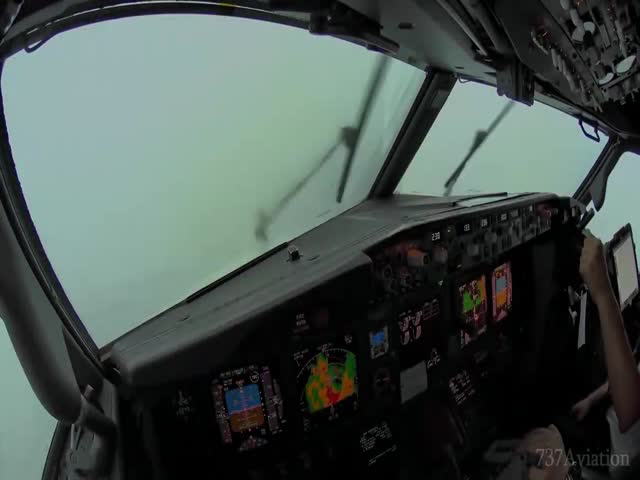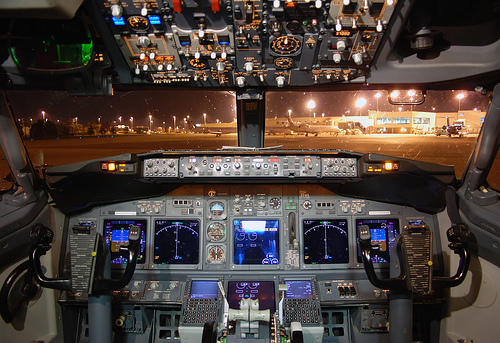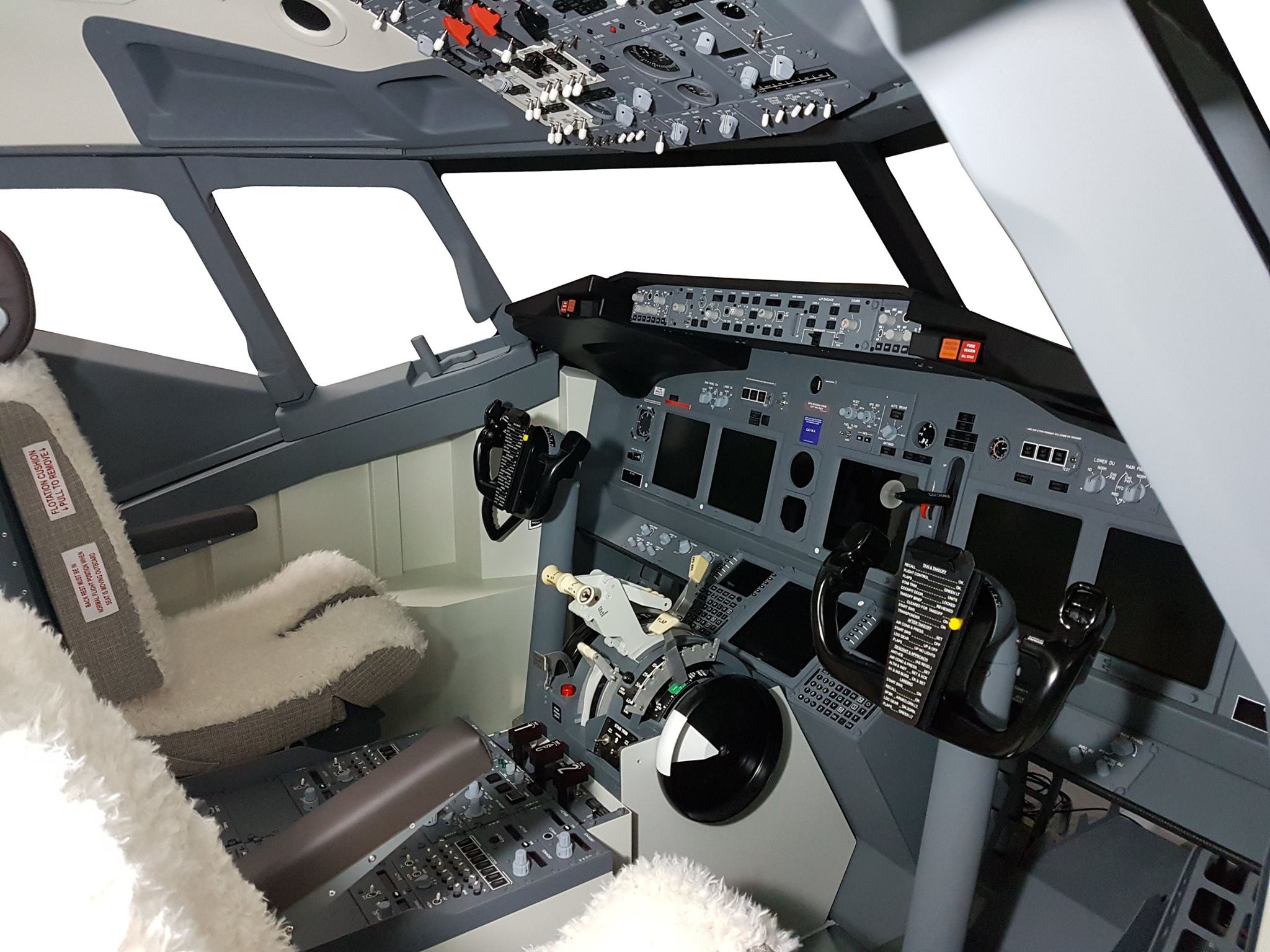

To ensure the monitors were a tight fit against the back of the panel the plastic monitor casings had to be removed. They are fully adjustable so the perfect position can easily be achieved. These mount to both the instrument panel frame and the back of the LCD monitors to hold them nicely in place. To mount the LCD displays behind the instrument panel I bought three adjustable LCD mounts from FlightDeck Solutions. If you find some, buy two so you have a spare if you ever need it. Later, I purchased a FDS lower EICAS kit for the lower EICAS display.įYI, 4:3 ratio 15″ displays are hard to find these days. I added a third 15″ 4:3 aspect LCD behind the upper EICAS display, which also covers the two standby instruments (ISFD and ADF). To replicate the displays, I installed an 18.5″ 16:9 LCD monitor behind the Captain’s PFD and ND and the same for the FOs PFD and ND. The MIP on the Boeing 737NG includes the Captain and First Officer’s (FOs) Primary Flight Displays (PFD), Navigational Displays (ND), the upper and lower Engine Indicating and Crew Alerting System (EICAS) displays, and the standby gauges (ISFD and ADF). Still needs switch/indicator hardware Assembled MIP with PFC Saab Yoke Added a GoFlight MCP/EFIS and Instrument Displays Displays Detail view of my FDS MIP under contruction Another view of my FDS MIP under construction Completed FDS MIP frame. You can tell a lot of thought went into the design, and it has held up very well over the years.

It’s powder-coated aluminum in the right Boeing color and included the CDU bays with aircraft DZUS mounting rails where I later added some quality FlightDeck Solutions CDUs. Once the frame was built I added in the switches and indicator lights from the FDS hardware kit and connected them to the FDS SYS interface board using the wiring harness I had bought from them.Īside from the flimsly side legs (not an issue with the cockpit shell) the MIP is a solid and well-built piece. Just something I had to be mindful of when moving the thing around. The only issue I had was that without a cockpit shell to mount the MIP to, the side legs are somewhat flimsy and the whole MIP will sway side to side a little bit.

The MIP kit went together easily with just basic tools and I quite enjoyed the build. I highly recommend buying a complete hardware kit with your MIP so you have everything you need. I also purchased their hardware kit for an additional $750 which included all the switches, buttons, and indicators needed to fully populate the MIP. It was a Boeing 737NG dual seat MIP kit from FlightDeck Solutions (FDS) out of Canada.

BOEING 737 COCKPIT SIGNALS SIMULATOR
I bought my first major simulator component around 2013. Lower Display (Lower EICAS): Flight Deck Solutions Lower EICAS Display Kit Main Instrument Panel Kit Mode Control Panel (MCP): Flight Deck Solutions ProMX MCPĮlectronic Flight Instrument System (EFIS): Flight Deck Solutions ProMX EFIS x 2Ĭontrol Display Unit (CDU): Flight Deck Solutions USB 737 CDU x 2Ĭaptain and F/O Clocks: Flight Deck Solutions 737 Clock x 2Ĭapt/FO Displays (ND/PFD): 18.5″ 16:9 Aspect Dell LCD’s with bezels removedĬenter Display (Upper EICAS) and standby instruments: 15″ Dell 4:3 Aspect LCD with bezels removed Main Instrument Panel/Pedestal Bay: Flight Deck Solutions Dual Seat MIP and switch/indicator hardware kit, FDS wiring harness My MIP consists of the following main components:


 0 kommentar(er)
0 kommentar(er)
